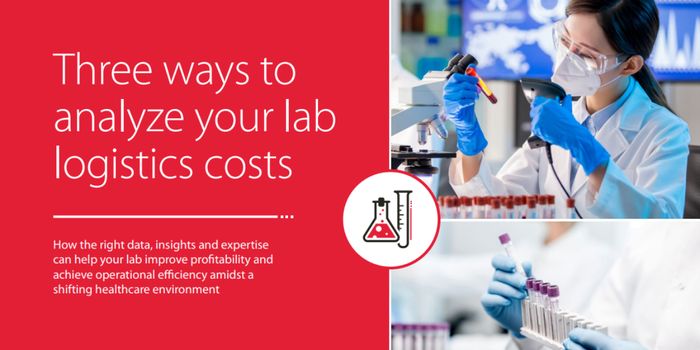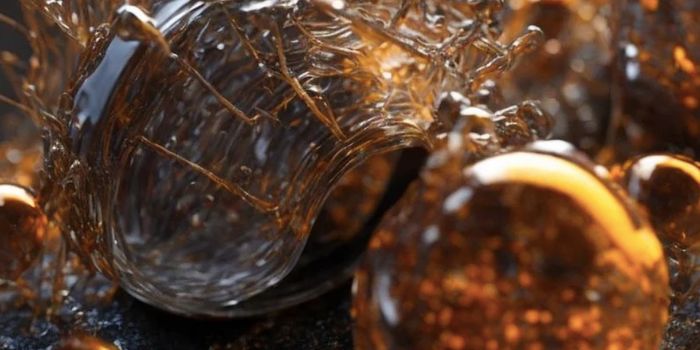How the Genetic Material in Sperm is Unpacked During Fertilization
Certain aspects of human reproductive biology are well understood; we know that when a sperm enters an egg, the genetic material from each cell merges to form a zygote, which develops into a human embryo (animated in the video). Researchers have now learned more about the details of those early events, in which half a genome from the father, and half a genome from the mother are brought together to create a complete, new human genome. Reporting in Cell, they have determined that an enzyme called SPRK1 acts to untangle the genome in the sperm, opening it up and enabling reorganization in a brief period of time.
"In this study, we were simply interested in answering a fundamental question about the beginning of life," said the senior study author Xiang-Dong Fu, Ph.D., Distinguished Professor in the Department of Cellular and Molecular Medicine at UC San Diego School of Medicine. "But in the process, we've uncovered a step that might malfunction for some people, and contribute to a couple's difficulty conceiving. Now that we know SPRK1 plays a role here, its potential part in infertility can be further explored."
A sperm might be twenty times smaller than an average human cell, and though it only has to carry half of the genetic material found in other cells, the genome must still be carefully packaged so it can fit inside. While typical cells would use histone proteins to compact and organize the genome, in sperm, the body uses a type of protein called protamines to package the genome.
The SPRK1 enzyme has been studied by the Fu lab because it can splice RNA, which impacts how genes are translated into proteins. Their research has shown that it is overactive during colon cancer, and they engineered molecules that can reduce its activity. Other research showed long ago that targets of SPRK1 are similar in some ways to protamines.
Fu lab member and postdoctoral researcher Lan-Tao Gou, Ph.D. has experience with spermatogenesis, and with his skills, it was possible for the lab to learn more about how SPRK1 was involved in fertilization.
"I said to Lan-Tao, let's do something nobody else is doing. I have a theory and you have the expertise. So we borrowed the equipment we needed and leveraged the core facilities we have here at UC San Diego," Fu said. "And, surprisingly, everything we tried supported our hypothesis—SRPK1 leads a double life, swapping protamines for histones once sperm meets egg."
Fu suggested that SPRK1 started out playing a role in embryogenesis, and took on other roles later in its evolution. That allowed SPRK1 to hang around even when it would not be required for embryogenesis. Fu's team now wants to learn more about how the genetic material in the sperm and egg synchronize.
"We have a ton of new ideas now," Fu said. "And the better we understand every step in the process of spermatogenesis, fertilization and embryogenesis, the more likely we are to be able to intervene when systems malfunction for couples struggling with reproductive issues."
Sources: Phys.org via University of California - San Diego, Cell








